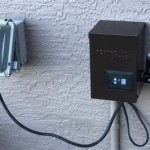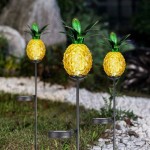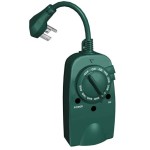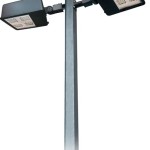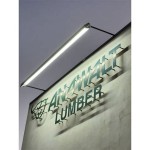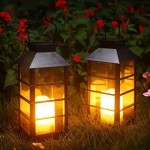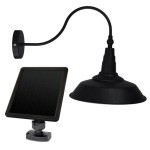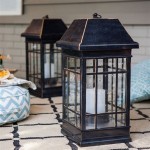Outdoor Photography Lighting Power
Outdoor photography lighting power is the source of illumination used to capture images in natural outdoor settings. It can come from natural sources like the sun or artificial sources like strobes or continuous lights. Understanding the essential aspects of outdoor photography lighting power can help you create stunning and impactful images. This article explores the key elements to consider for effective outdoor photography lighting. ### Natural LightDirection:
The direction of natural light can dramatically alter the look and feel of your images. Front lighting, where the light source is in front of the subject, can create even illumination and reveal details. Side lighting, with the light source to the side, can add depth and texture by casting shadows. Backlighting, where the light source is behind the subject, can create a silhouette or rim light effect.Quality:
The quality of natural light changes throughout the day. Golden hour, shortly after sunrise and before sunset, provides warm, soft light that is ideal for portraits and landscapes. Midday light can be harsh and create strong shadows, while overcast days provide diffused light that can be beneficial for certain subjects. ### Artificial LightIntensity:
Artificial lights can provide consistent and controlled illumination, even in low-light conditions. The intensity of the light can be adjusted to achieve the desired exposure and effect. Brighter lights can overpower the natural light, while weaker lights can serve as fill light or create specific effects.Color Temperature:
The color temperature of artificial lights describes the perceived warmth or coolness of the light. Matching the color temperature of the ambient light can help create seamless transitions and avoid color casts. ### Power SourcesBatteries:
Batteries provide portable power for artificial lights, allowing you to use them in remote locations. Consider the battery life and charging requirements to ensure you have enough power for your shoot.AC Power:
AC power sources, such as wall outlets or generators, provide consistent and reliable power for continuous lighting setups. They are ideal for prolonged shoots or situations where you need to ensure consistent lighting conditions.Positioning and Modification
Positioning:
The positioning of your light source can significantly impact the look of your images. Use reflectors to bounce light, flags or diffusers to soften harsh light, or grids to control the spread of light.Modification:
Light modifiers like umbrellas, softboxes, and reflectors can shape, diffuse, or direct the light to create specific effects. They can help reduce harsh shadows, enhance contrast, or create flattering illumination for portraits. ### Conclusion Outdoor photography lighting power is a crucial aspect of creating compelling images in natural settings. By understanding the direction, quality, intensity, color temperature, power sources, positioning, and modification of light, photographers can master the art of outdoor lighting and capture stunning images that convey the beauty and atmosphere of the natural world.
Illuminating The Outdoors Harnessing Power Of Ip65 Outdoor Lighti Lighting Legends

Fight The Power Flash Photography Tips Light

Outdoor Flash Photography Tips For Natural Or Dramatic Portraits

Hands On Review Flashpoint Xplor Power 1200 Pro R2 Flash Adorama

Nicefoto Outdoor Studio Flash Strobe Light 2 4g Wireless System 500 Times Full Power Support 6600mah Battery Powered With Carry Bag For Photography Lighting Ca

Tolifo Sk 135vr 135w 2700 6500k 20fx Effect App Control Rgb Led Cob Vi Light

How To Maximize The Power Of Your Sdlight For Outdoor Flash Photography

Ls Photography Led Light Lighting Kit Wmt1906 Com

Outdoor Shooting In Mauritania By Moja Broncolor

Outdoor Model Photography Lighting Setup Fotografi Cahaya Kilat
